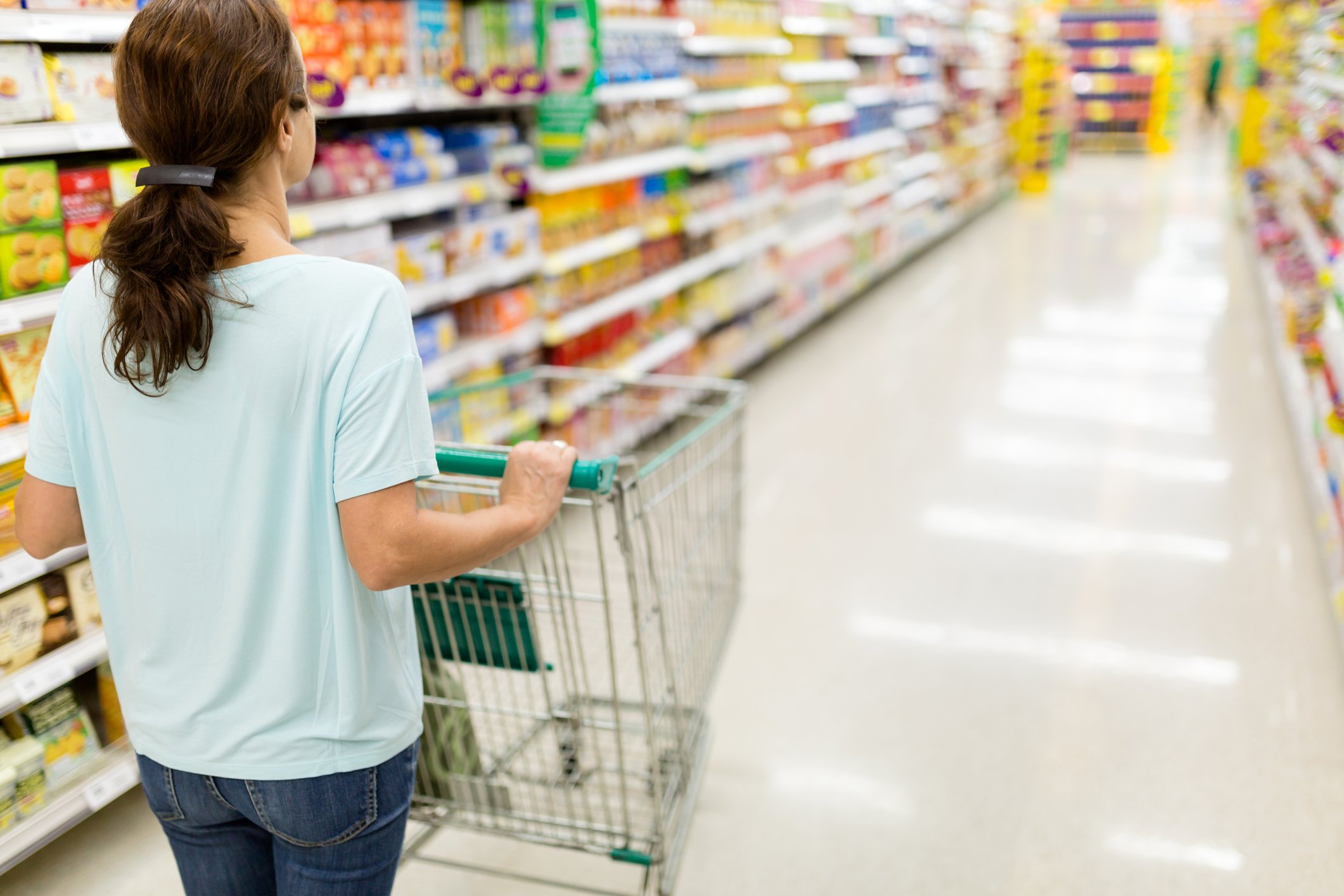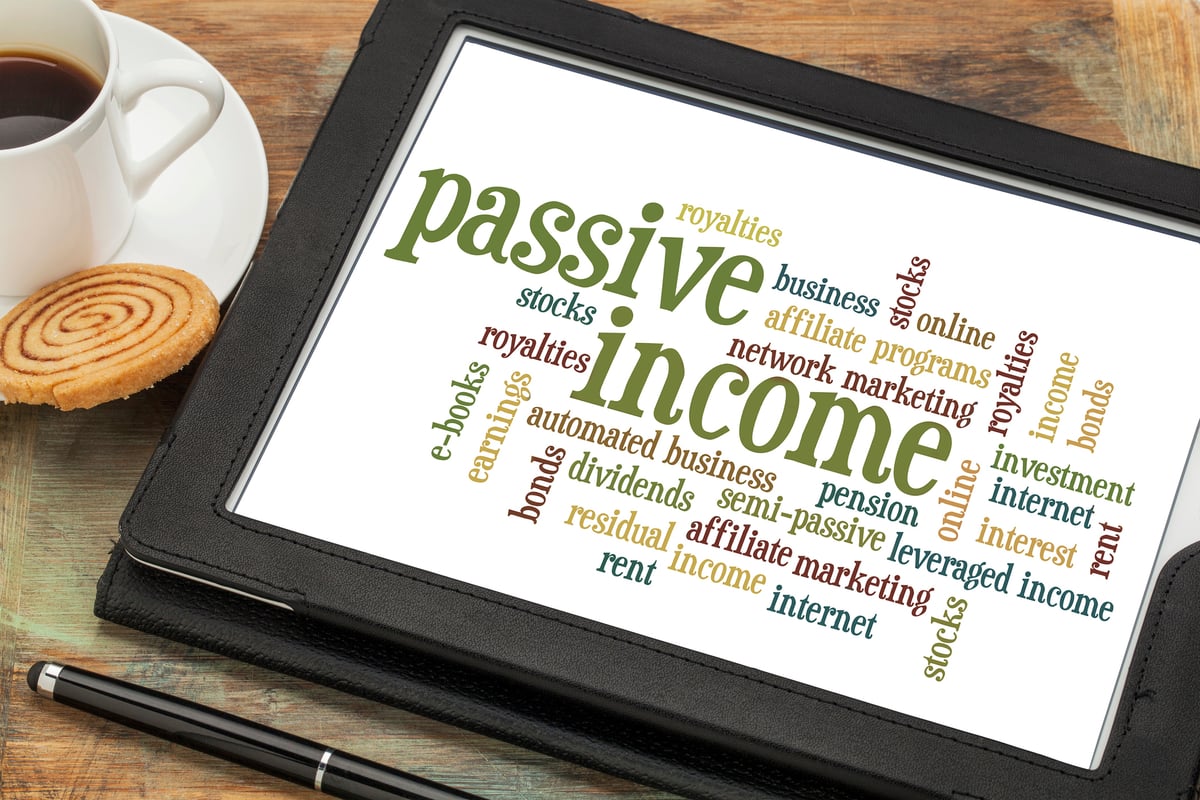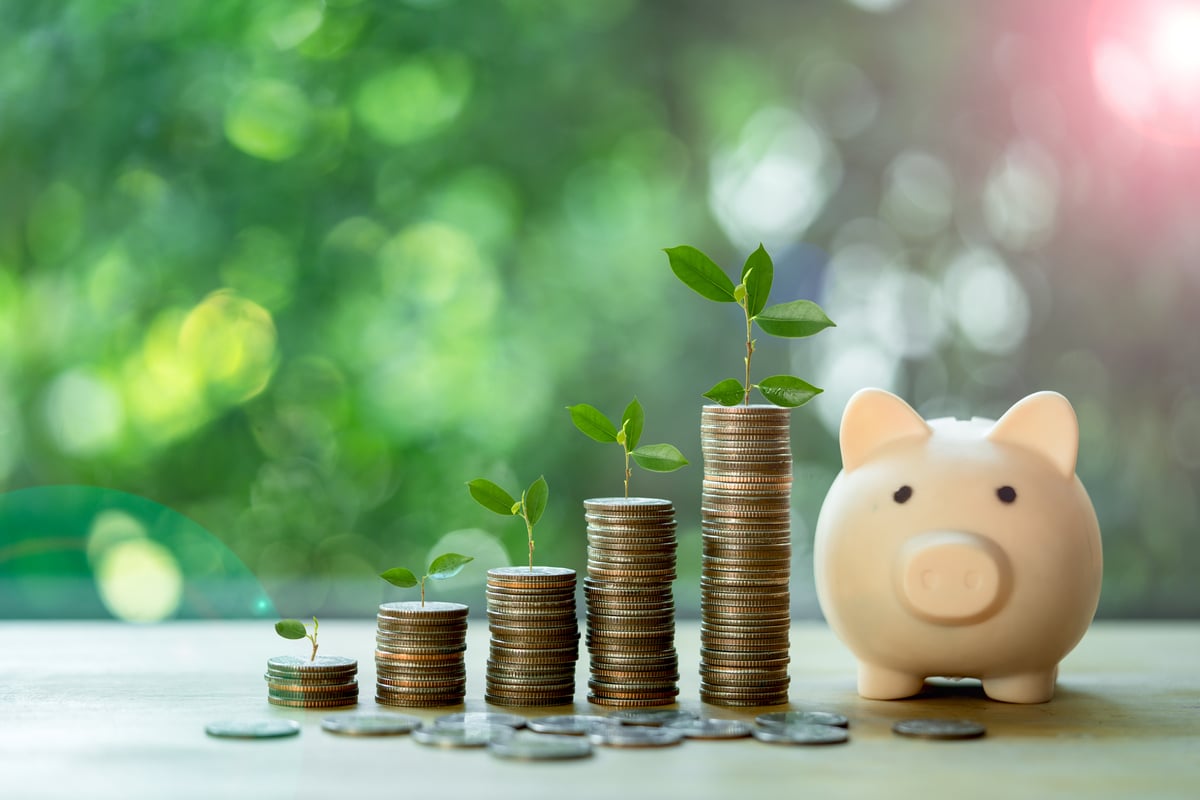The stock of Clorox (CLX 0.67%) achieved the very rare feat of being up on Monday, Feb. 24 -- a day on which markets plummeted on news the COVID-19 coronavirus had spread to South Korea, Iran, and Italy. The news sent the S&P 500 down 3.35%, and this was after the market had sold off hard to the end of the previous week.
However, Clorox stock actually went up 1.55% on Monday. With Clorox showing strength in spite of a huge market sell-off, does that make the stock a buy?

Clorox stock surged on a severe market sell-off. Image source: Getty Images.
Why Clorox surged
There appear to be two reasons behind Clorox's surge on Monday. One, the company is a consumer staples stock, which means it sells a portfolio of products that people need to use regardless of how the overall economy is doing. If the spread of COVID-19 thus begins to affect the global economy on a more severe or longer-term basis, investors may continue to flock to consumer staples stocks and away from cyclical companies whose fortunes are more closely tied to economic growth.
Second, as Clorox's namesake brand, the company is often linked to its bleach, disinfectant wipes, cleansers, and other sanitary products (Clorox also owns the Pine-Sol cleanser brand). Obviously, with coronavirus unleashing the germophobe in all of us, markets may be anticipating a surge in sales for the company's cleaning division, which encompasses household disinfectants, laundry bleaches, and heavier-duty professional products.
But don't jump in until you realize this
Despite Clorox being closely associated with bleaches and cleansers, that division only accounts for some 34% of the company's sales. The other 66% is made up of three other divisions: household products (bags, wraps, charcoal, cat litter, digestive health), lifestyle brands (water filtration, food, personal care, and vitamins), and international, which makes up 16% of sales across Africa, Asia, and Australia.
While some of Clorox's segments are doing well, two specific product lines have been giving Clorox management fits recently: Kingsford grilling products and Glad trash bags. These aren't trivial segments. Last year, grilling made up about 8% of total revenue and bags, wraps, and containers made up 13% of sales. These two sub-segments both fall under the household division, which saw its sales fall 8% last quarter and saw its pre-tax earnings plummet 20%.
On grilling, Clorox management said that the dive was due to retailers burning off excess inventory from a soft grilling season last summer, but management also expects current consumption to return to normal and grow in 2020. That remains to be seen, but management feels good about its new non-charcoal alternative Kingsford pellets, a new innovation management has just recently rolled out.
Innovation is also management's prescription for Glad trash bags, which have been hit by aggressive pricing from competitors as resin prices have declined. On the conference call with analysts, management put forward the strategy of a "consistent stream of unique innovations, leveraging our superior capabilities in technology and consumer insights backed by category-leading advertising investments."
Clorox is clearly taking a companywide approach of leading on innovation and environmental/ESG factors, with the hope of being able to charge premium prices to consumers. However, that strategy, while leading to margin expansion in some categories, has been a headwind in grilling and trash bags, as customers flock to lower-priced alternatives. Given current trends toward cheaper, private label alternative products, this is a bold, contrarian strategy that may or may not work. I'm also not exactly sure the strategy works well in all categories, such as trash bags. After all, how "premium" can a trash bag get?
The big picture on Clorox is still muddy
Clorox's profit growth in cleaning and lifestyle products is currently being offset by struggles in the household segment, which has led management to guide for just flat to 2% growth in currency-adjusted revenue for the current fiscal year (ending in June), and actually a 1%-3% decline in adjusted earnings per share, because of increased investments in innovation and advertising. At over 26 times earnings, the stock remains too pricey for me to invest on the hope that innovation and spending will pay off with even greater profits down the road.
Today's rally was a nice outlier on coronavirus concerns, and there could be more days like this if the virus spreads in the United States. However, absent that, Clorox still seems like nothing more like a no-growth bond substitute with a 2.6% dividend yield. While that may be good enough for some, Clorox doesn't seem particularly compelling to me as a long-term investment at these levels.






